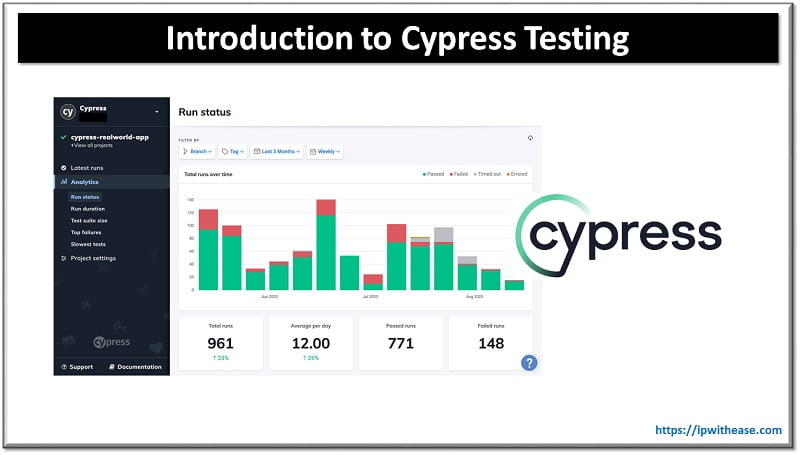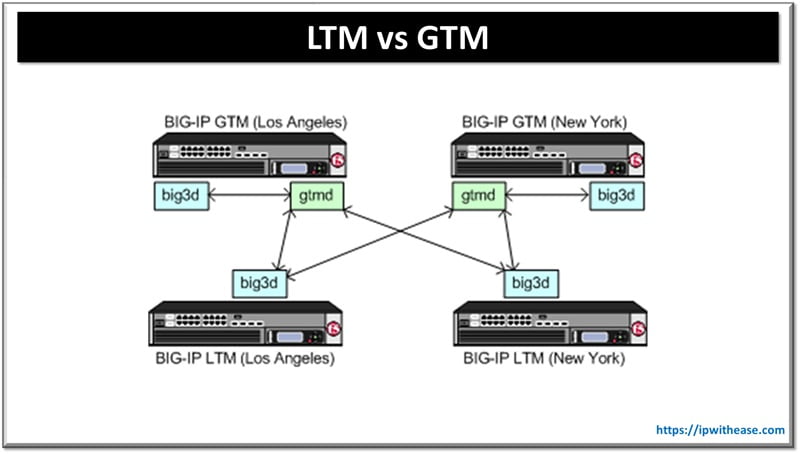The Internet of Things (IoT) has seen explosive growth in recent years, connecting billions of devices across the globe. From smart homes to industrial applications, IoT has become an integral part of our daily lives. As IoT continues to expand its reach, ensuring the reliability of IoT devices becomes paramount. This article delves into the critical role of end-to-end IoT testing in guaranteeing device reliability and explores the complexities and benefits of this testing process.

Understanding IoT Devices
Types of IoT Devices
IoT devices encompass a wide spectrum of technologies and functionalities. These devices can be categorized into several distinct types, each tailored to specific applications and use cases. Simple sensors, such as temperature sensors or motion detectors, are among the basic building blocks of IoT systems. They are responsible for collecting data from the physical world. Moving up in complexity, we find smart appliances like thermostats, lights, and kitchen appliances, which can be controlled remotely or operate autonomously based on predefined rules. Each type of IoT device plays a vital role in shaping the IoT landscape, and their diversity enables a wide range of applications.
The Complexity of IoT Ecosystems
IoT ecosystems are intricate networks comprising numerous interconnected devices, all working together to achieve specific objectives. These ecosystems often extend beyond a single physical location, with devices distributed across homes, cities, factories, and more. These devices communicate with each other and with centralized servers or cloud platforms to exchange data, receive commands, and provide real-time updates.
- The complexity of IoT ecosystems arises from the need to manage these vast and diverse networks effectively.
- Coordinating the communication between devices, handling data securely, and ensuring uninterrupted connectivity pose significant challenges.
- Additionally, scalability and adaptability are crucial considerations as IoT ecosystems continue to grow and evolve.
Challenges in Ensuring Device Reliability
Ensuring the reliability of IoT devices is paramount for the success of IoT applications. However, several factors make this a challenging endeavor.
- First, the diversity of IoT devices means that they may use different communication protocols, hardware, and software platforms. This diversity can lead to interoperability issues, making it difficult for devices to seamlessly work together.
- Second, IoT devices often operate in dynamic environments where network connectivity can be unstable or interrupted, affecting data transmission and device functionality.
- Security is another major concern, as IoT devices can be vulnerable to cyberattacks, potentially compromising their reliability and safety.
Overcoming these challenges requires careful design, robust testing, regular updates, and a focus on security measures such as encryption and authentication to ensure that IoT devices remain reliable and secure throughout their lifecycle.
The Basics of End-to-End Testing
End-to-end testing is a comprehensive evaluation of the entire IoT (Internet of Things) system, spanning from the individual IoT devices to the underlying network infrastructure and the backend servers or cloud services that support the ecosystem. This testing approach is designed to replicate real-world scenarios and conditions to thoroughly assess the functionality, reliability, and performance of the complete IoT ecosystem.
It aims to simulate how all the components interact and work together as a cohesive system, ensuring that the IoT solution performs as expected under various operational conditions. Internet of Things engineering services play a crucial role in facilitating end-to-end testing. These specialized services encompass the design, development, and optimization of IoT solutions. IoT engineers collaborate closely with various stakeholders
- to create IoT devices,
- configure network protocols, and
- build scalable backend systems.
Their expertise ensures that the IoT ecosystem is robust and ready for comprehensive testing. By leveraging IoT engineering services, organizations can enhance the effectiveness of their end-to-end testing efforts, ultimately resulting in more reliable and efficient IoT deployments.
Key Objectives of End-to-End Testing
End-to-end testing in IoT serves several crucial objectives:
- Device Functionality Validation: Verify that each IoT device, from sensors to actuators, performs its intended functions accurately and reliably under real-world conditions.
- Security and Vulnerability Identification: Identify and rectify security weaknesses and vulnerabilities within the IoT ecosystem to safeguard against potential breaches or data compromises.
- Interoperability Enhancement: Ensure that IoT devices and components can seamlessly interact with each other and with the broader IoT infrastructure, regardless of their manufacturer or communication protocols.
- Regulatory Compliance: Ensure that the IoT solution complies with industry-specific regulations and standards, which may vary depending on the application (e.g., healthcare, automotive, industrial).
- Performance Optimization: Optimize the overall performance of the IoT system, including data processing, response times, and scalability, to meet the requirements of the intended use cases and user expectations.
Benefits of End-to-End IoT Testing
Ensuring Device Functionality: End-to-end testing mimics real-world scenarios, enabling the comprehensive evaluation of device performance under varying conditions. By subjecting IoT devices to a wide range of tests, including stress tests, environmental simulations, and usability assessments, it significantly reduces the likelihood of malfunctions or unexpected behavior.
Identifying Vulnerabilities and Security Risks: End-to-end testing goes beyond individual device security assessments to examine the security posture of the entire system, including network communication, data storage, and cloud services. This not only protects sensitive information but also prevents IoT devices from being exploited as entry points into larger networks.
Enhancing Interoperability within IoT Ecosystems: Since IoT environments often involve devices from various manufacturers and may employ different communication protocols, ensuring that they can work together harmoniously is critical. Through rigorous testing of device interactions, data exchange, and compatibility, end-to-end testing minimizes the risk of interoperability issues.
Meeting Regulatory and Compliance Requirements: By thoroughly testing all components of the IoT system, including data handling, security measures, and data privacy protocols, developers can ensure that their IoT solutions align with the relevant industry standards.
Components of End-to-End IoT Testing
Hardware Testing:
- Performance Testing: Evaluates the device’s speed, responsiveness, and resource usage.
- Compatibility Testing: Ensures the device works across different platforms and environments.
- Stress Testing: Assess how devices perform under extreme conditions.
Software Testing:
- Functional Testing: Validates that the device’s software functions correctly.
- Security Testing: Identifies vulnerabilities and ensures robust security measures.
- Firmware and OTA (Over-The-Air) Updates Testing: Verifies the device’s ability to receive and install updates securely.
Network Testing:
- Connectivity Testing: Ensures devices can connect reliably to the network.
- Data Integrity Testing: Validates data accuracy and consistency.
- Latency and Bandwidth Testing: Measures data transmission speed and bandwidth utilization.
Challenges and Considerations
Scalability Challenges: The sheer number of devices and the complexity of their interactions demand robust testing strategies. To address scalability challenges, organizations need to develop methodologies for simulating extensive device networks accurately.
Test Automation and Tool Selection: Careful consideration of tool selection and implementation is essential for success. Organizations must evaluate their specific testing needs, the complexity of their IoT ecosystem, and the compatibility of automation tools with their existing infrastructure. Moreover, the chosen tools should offer features for scripting test cases, simulating device behavior, and generating comprehensive test reports.
Data Privacy and Compliance: Organizations conducting end-to-end testing must prioritize data protection and compliance with data privacy regulations such as GDPR or HIPAA. A breach of data privacy can have severe legal and reputational consequences, making it imperative for organizations to adhere to data privacy regulations and best practices throughout the testing lifecycle.
Cost Considerations: End-to-end testing in IoT can be resource-intensive, both in terms of time and financial investment. Organizations need to carefully assess their testing requirements and develop cost-effective strategies.
Best Practices for Effective End-to-End Testing
- Developing a Comprehensive Test Strategy
- Leveraging Test Automation
- Collaboration and Communication within Development Teams
- Continuous Testing and Integration
Conclusion
End-to-end testing plays a pivotal role in ensuring that the devices function flawlessly, maintain robust security, and adhere to stringent regulatory standards. The importance of end-to-end testing cannot be overstated; it serves as a safeguard against the potential pitfalls and challenges that can arise in the complex world of IoT.
As IoT continues to evolve, encompassing more devices, industries, and use cases, comprehensive testing will remain a critical practice. It will serve as the cornerstone of trust, reliability, and functionality within the IoT landscape, allowing us to harness the full potential of this transformative technology while mitigating the risks that come with it.
Continue Reading:
IoT vs M2M: Difference between M2M and IoT Explained
MQTT Protocol for the Internet of Things (IoT)
ABOUT THE AUTHOR
IPwithease is aimed at sharing knowledge across varied domains like Network, Security, Virtualization, Software, Wireless, etc.



